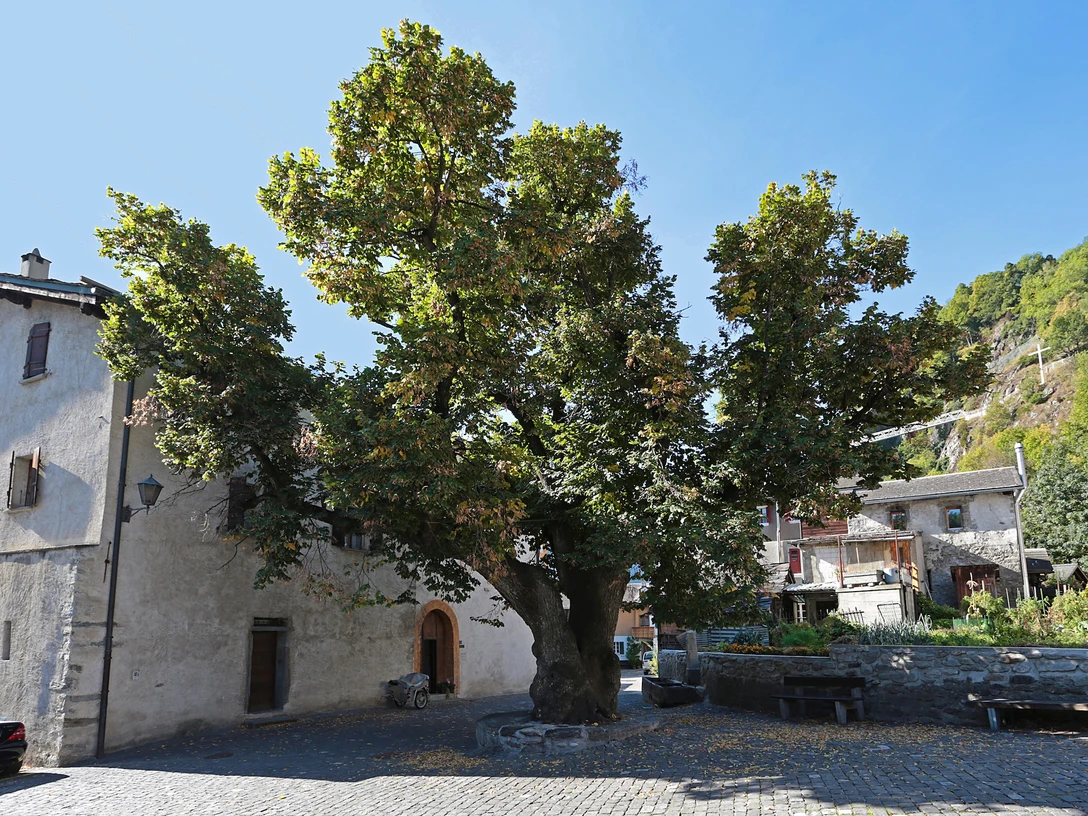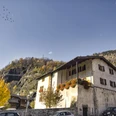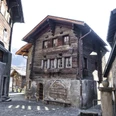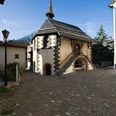- Photos & Map
How would you like to arrive?
- Description
- Good to know
- Nearby
The reformer Martin Luther once wrote: "Under the lime trees we like to sing, drink and dance and be merry."
The lime tree in Naters is mentioned in a document as early as 1357 and was already described as "magnam" (large) by the scribe at the time. Public and private matters were negotiated under the over 600-year-old Natis lime tree, and court was also held. Next to the tree, which is now hollow inside, was the medieval pillory for punishing offenders. The base of a former pillory column, to which the condemned were fastened with iron bands and put on display, is still visible.
The small wall around the trunk possibly served as a podium in the past. Right next to the magnificent tree is the old and beautiful vicarage.
The lime tree in Naters is mentioned in a document as early as 1357 and was already described as "magnam" (large) by the scribe at the time. Public and private matters were negotiated under the over 600-year-old Natis lime tree, and court was also held. Next to the tree, which is now hollow inside, was the medieval pillory for punishing offenders. The base of a former pillory column, to which the condemned were fastened with iron bands and put on display, is still visible.
The small wall around the trunk possibly served as a podium in the past. Right next to the magnificent tree is the old and beautiful vicarage.
Good to know
Accessibility
- Partially wheelchair-accessible
- Parking place partially wheelchair-accessible
License (master data)
Blatten-Belalp Tourismus AG
Nearby










